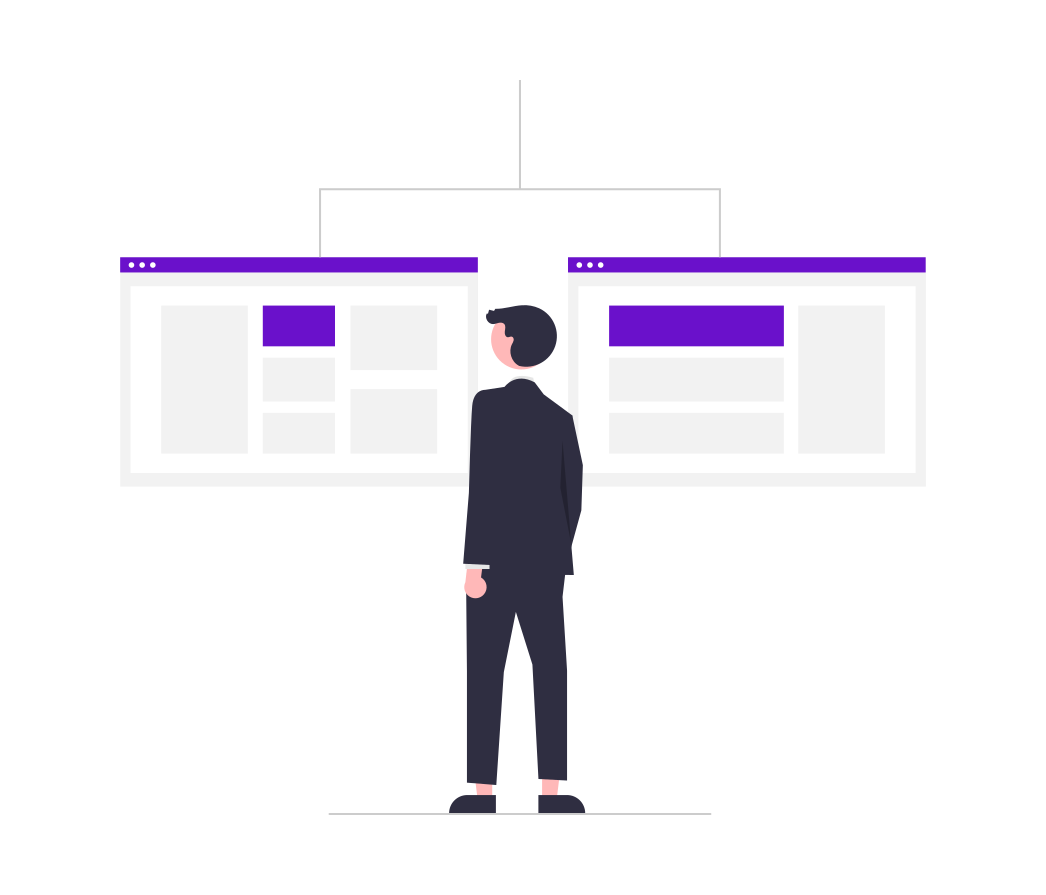In the ever-evolving world of digital marketing, staying ahead of the competition requires a strategic approach. One of the most effective strategies is A/B testing. This method allows marketers to experiment with different variables and determine which ones yield the best results. This guide explores the importance of A/B testing and how it can be leveraged to maximize campaign performance.
The Essence of A/B Testing
A/B testing, also known as split testing, involves comparing two versions of a webpage, email, or advertisement to see which one performs better. By randomly showing different versions to different segments of your audience, you can gather data on what works and what doesn't. This approach ensures that your decisions are based on empirical evidence rather than guesswork.
Steps to Implement A/B Testing
-
Identify Objectives
- Define clear goals for what you want to achieve with your test. Whether it’s increasing click-through rates, conversions, or engagement, having a specific objective is crucial.
-
Choose the Variable to Test
- Select a single element to test at a time. This could be a headline, call-to-action, image, or any other component of your marketing material. Testing one variable at a time ensures that the results are attributable to the change made.
-
Create Variations
- Develop two versions of the chosen element: Version A (the control) and Version B (the variant). Ensure that all other factors remain constant to isolate the impact of the variable being tested.
-
Split Your Audience
- Randomly divide your audience into two groups. Each group should be similar in demographics and behavior to ensure that the test results are not biased.
-
Run the Test
- Execute the test for a sufficient period to gather meaningful data. The duration will depend on your audience size and the typical time needed to observe significant differences.
-
Analyze the Results
- Compare the performance of both versions using metrics relevant to your objectives. Statistical significance is key to determining whether the observed differences are due to chance or the changes made.
-
Implement the Winning Variation
- If the variant outperforms the control, roll out the winning version to your entire audience. Use the insights gained to inform future tests and campaigns.
Benefits of A/B Testing
-
Data-Driven Decisions
- A/B testing removes the guesswork from marketing. By relying on data, marketers can make informed decisions that are more likely to yield positive results.
-
Optimization of Campaign Elements
- Continuous testing and optimization of individual elements lead to overall improved performance of marketing campaigns. This incremental approach ensures that every aspect of your campaign is fine-tuned for success.
-
Increased ROI
- By identifying and implementing the most effective strategies, A/B testing helps maximize return on investment. Optimized campaigns are more efficient, reducing waste and increasing profitability.
-
Enhanced User Experience
- Understanding what resonates with your audience allows you to tailor your content to their preferences. This results in a better user experience, higher engagement, and greater satisfaction.
Common Pitfalls to Avoid
-
Testing Too Many Variables
- Avoid the temptation to test multiple variables at once. This can confuse the results and make it difficult to determine which change led to the observed outcomes.
-
Insufficient Sample Size
- Ensure that your sample size is large enough to produce statistically significant results. Testing with too small an audience can lead to inaccurate conclusions.
-
Ending Tests Too Early
- Patience is key. Ending tests prematurely can result in misleading data. Allow the test to run its course to gather reliable insights.
-
Ignoring the Data
- It's crucial to base decisions on data rather than intuition. Even if the results are unexpected, trust the data and adapt your strategies accordingly.
Conclusion
A/B testing is a powerful tool in the arsenal of any data-driven marketer. By systematically testing and optimizing different elements of your campaigns, you can achieve significant improvements in performance. Embrace A/B testing to make informed decisions, enhance user experience, and ultimately, drive better results for your business.


